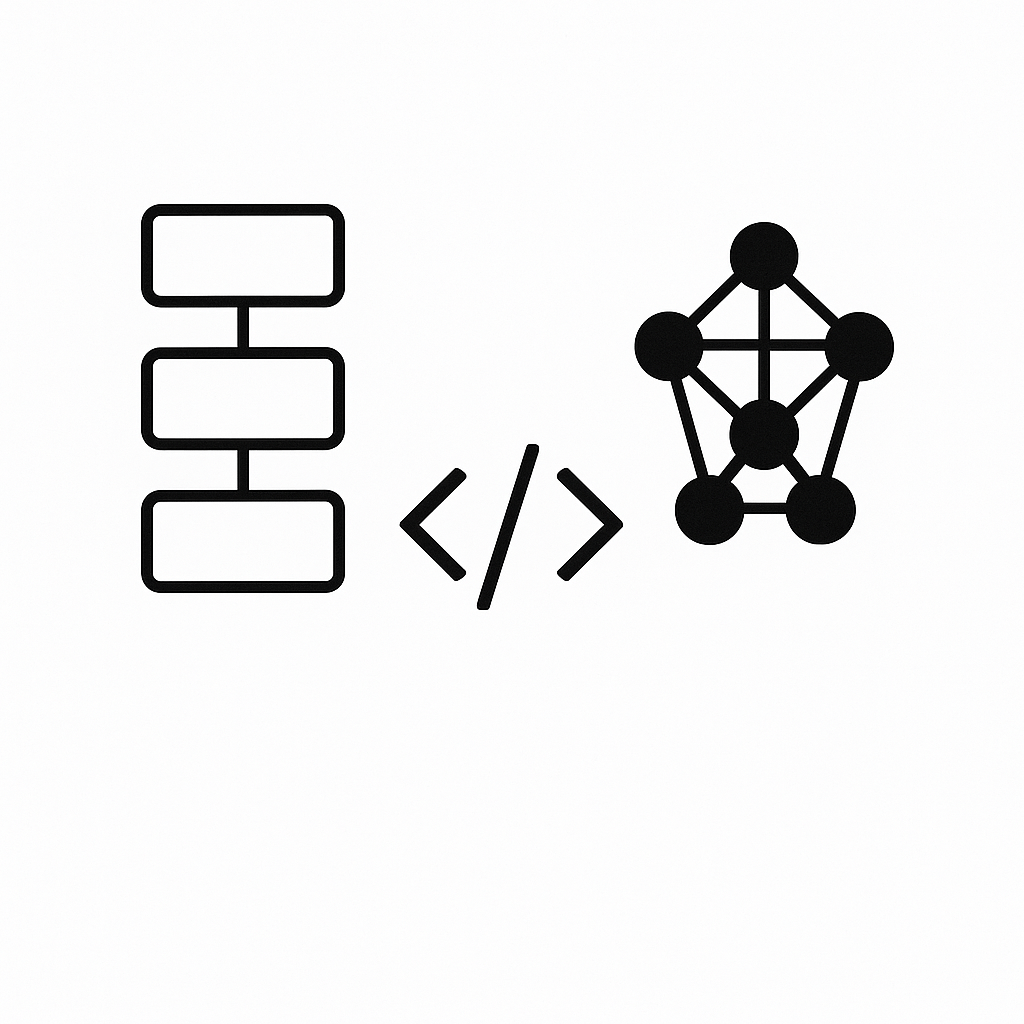
Composer represents Cursor’s most ambitious step yet toward a new generation of intelligent, high-speed coding agents. Built through deep reinforcement learning (RL) and large-scale infrastructure, Composer delivers frontier-level results at speeds up to four times faster than comparable models:contentReference[oaicite:0]{index=0}. It isn’t just another large language model; it’s an actively trained software engineering assistant optimized to think, plan, and code with precision — in real time.
From Cheetah to Composer: The Evolution of Speed
The origins of Composer go back to an experimental prototype called Cheetah, an agent Cursor developed to study how much faster coding models could get before hitting usability limits. Developers consistently preferred the speed and fluidity of an agent that responded instantly, keeping them “in flow.” Cheetah proved the concept, but it was Composer that matured it — integrating reinforcement learning and mixture-of-experts (MoE) architecture to achieve both speed and intelligence.
Composer’s training goal was simple but demanding: make the model capable of solving real-world programming challenges in real codebases using actual developer tools. During RL, Composer was given tasks like editing files, running terminal commands, performing semantic searches, or refactoring code. Its objective wasn’t just to get the right answer — it was to work efficiently, using minimal steps, adhering to existing abstractions, and maintaining code quality:contentReference[oaicite:1]{index=1}.
Training on Real Engineering Environments
Rather than relying on synthetic datasets or static benchmarks, Cursor trained Composer within a dynamic software environment. Every RL episode simulated an authentic engineering workflow — debugging, writing unit tests, applying linter fixes, and performing large-scale refactors. Over time, Composer developed behaviors that mirror an experienced developer’s workflow. It learned when to open a file, when to search globally, and when to execute a command rather than speculate.
Cursor’s evaluation framework, Cursor Bench, measures progress by realism rather than abstract metrics. It compiles actual agent requests from engineers and compares Composer’s solutions to human-curated optimal responses. This lets Cursor measure not just correctness, but also how well the model respects a team’s architecture, naming conventions, and software practices — metrics that matter in production environments.
Reinforcement Learning as a Performance Engine
Reinforcement learning is at the heart of Composer’s performance. Unlike supervised fine-tuning, which simply mimics examples, RL rewards Composer for producing high-quality, efficient, and contextually relevant work. It actively learns to choose the right tools, minimize unnecessary output, and exploit parallelism across tasks. The model was even rewarded for avoiding unsupported claims — pushing it to generate more verifiable and responsible code suggestions.
As RL progressed, emergent behaviors appeared. Composer began autonomously running semantic searches to explore codebases, fixing linter errors, and even generating and executing tests to validate its own work. These self-taught habits transformed it from a passive text generator into an active agent capable of iterative reasoning.
Infrastructure at Scale: Thousands of Sandboxed Agents
Behind Composer’s intelligence is a massive engineering effort. Training large MoE models efficiently requires significant parallelization and precision management. Cursor’s infrastructure, built with PyTorch and Ray, powers asynchronous RL at scale. Their system supports thousands of simultaneous environments, each a sandboxed virtual workspace where Composer experiments safely with file edits, code execution, and search queries.
To achieve this scale, the team integrated MXFP8 MoE kernels with expert and hybrid-sharded data parallelism. This setup allows distributed training across thousands of NVIDIA GPUs with minimal communication cost — effectively combining speed, scale, and precision. MXFP8 also enables faster inference without any need for post-training quantization, giving developers real-world performance gains instantly.
Cursor’s infrastructure can spawn hundreds of thousands of concurrent sandboxed coding environments. This capability, adapted from their Background Agents system, was essential to unify RL experiments with production-grade conditions. It ensures that Composer’s training environment matches the complexity of real-world coding, creating a model genuinely optimized for developer workflows.
The Cursor Bench and What “Frontier” Means
Composer’s benchmark performance earned it a place in what Cursor calls the “Fast Frontier” class — models designed for efficient inference while maintaining top-tier quality. This group includes systems like Haiku 4.5 and Gemini Flash 2.5. While GPT-5 and Sonnet 4.5 remain the strongest overall, Composer outperforms nearly every open-weight model, including Qwen Coder and GLM 4.6:contentReference[oaicite:2]{index=2}. In tokens-per-second performance, Composer’s throughput is among the highest ever measured under the standardized Anthropic tokenizer.
Built by Developers, for Developers
Composer isn’t just research — it’s in daily use inside Cursor. Engineers rely on it for their own development, using it to edit code, manage large repositories, and explore unfamiliar projects. This internal dogfooding loop means Composer is constantly tested and improved in real production contexts. Its success is measured by one thing: whether it helps developers get more done, faster, and with fewer interruptions.
Cursor’s goal isn’t to replace developers, but to enhance them — providing an assistant that acts as an extension of their workflow. By combining fast inference, contextual understanding, and reinforcement learning, Composer turns AI from a static completion tool into a real collaborator.
Wrap Up
Composer represents a milestone in AI-assisted software engineering. It demonstrates that reinforcement learning, when applied at scale with the right infrastructure and metrics, can produce agents that are not only faster but also more disciplined, efficient, and trustworthy. For developers, it’s a step toward a future where coding feels as seamless and interactive as conversation — powered by an agent that truly understands how to build software.